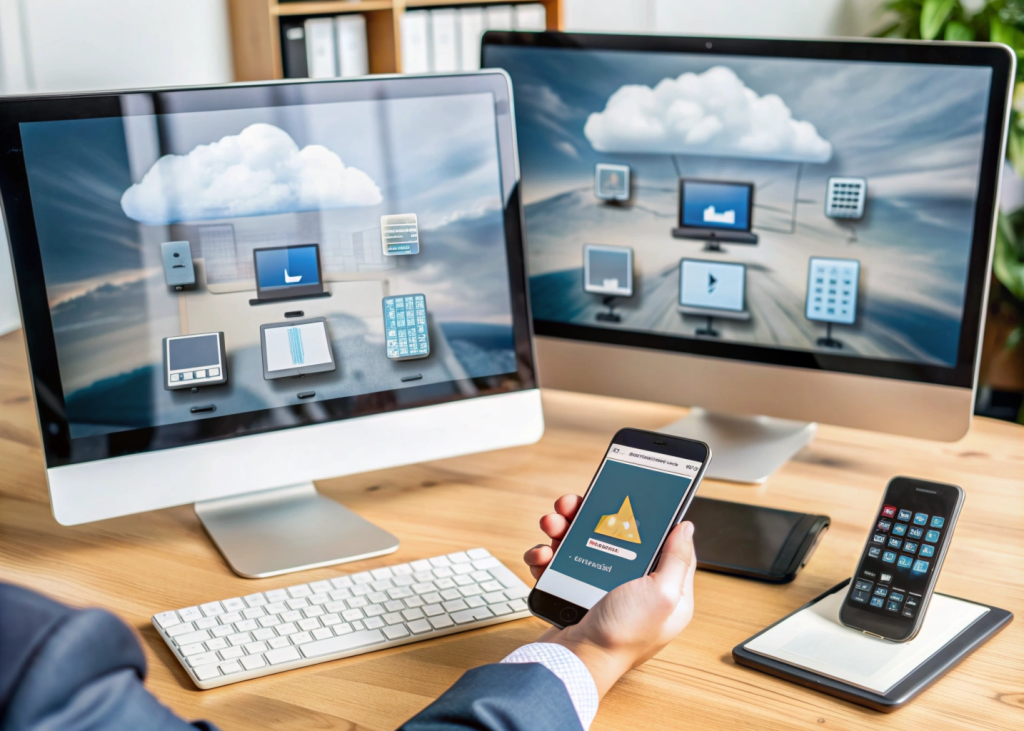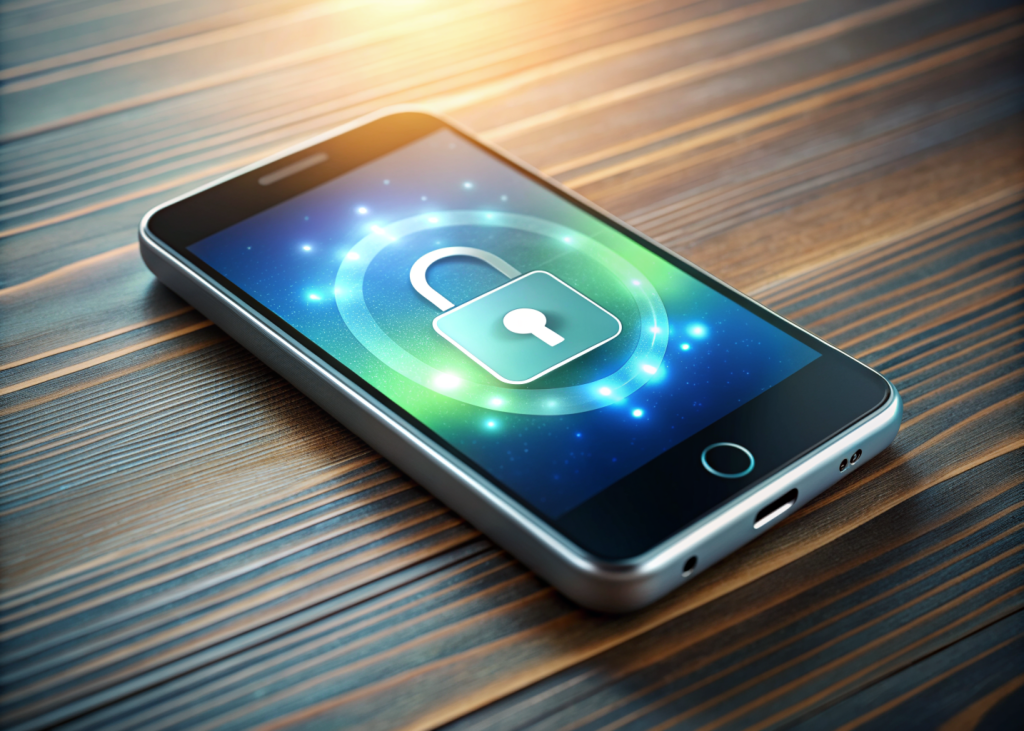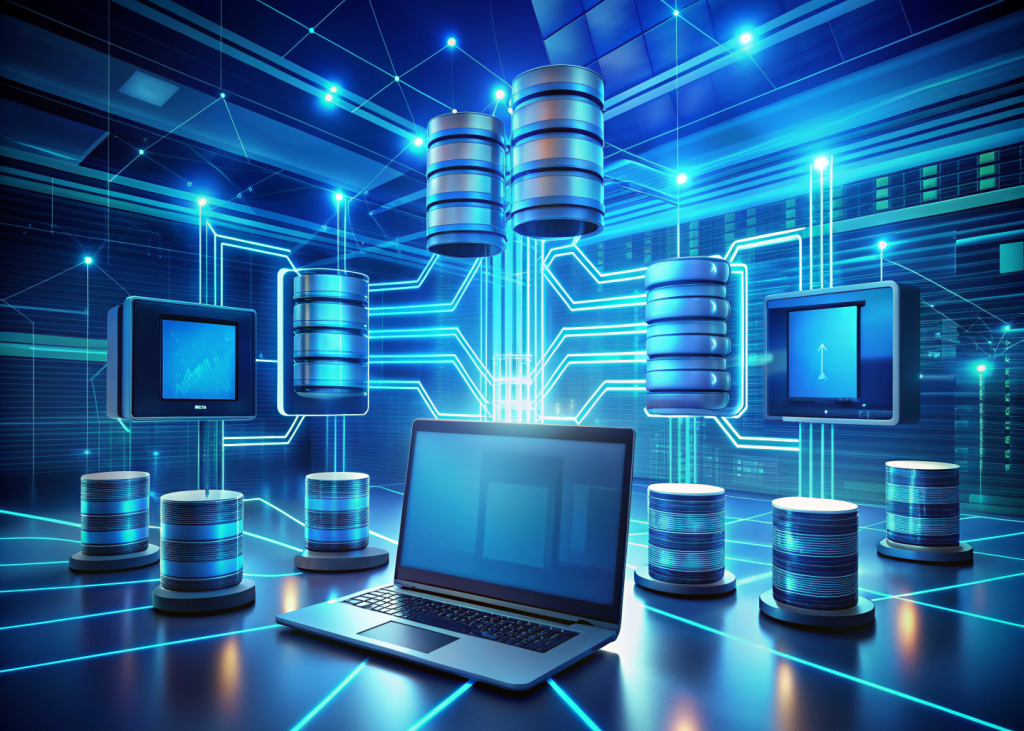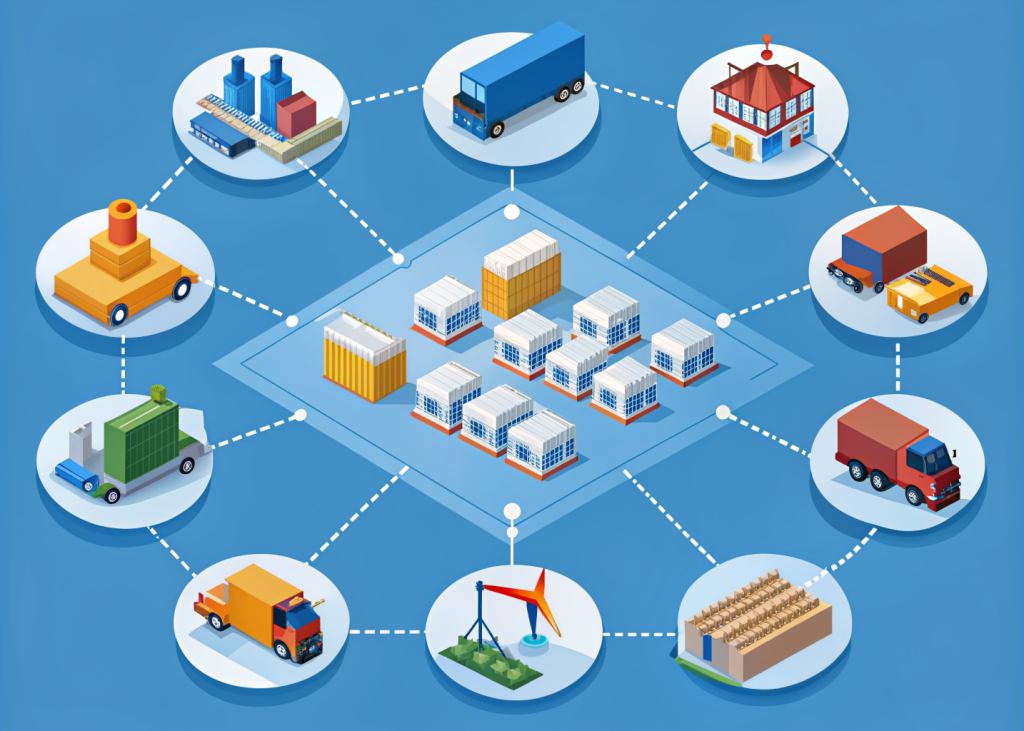Streamline Your IT: Remote Device Management Essentials
In today’s interconnected world, managing a diverse array of devices across multiple locations has become a critical challenge for IT teams. Remote device management offers a powerful solution, enabling businesses to efficiently monitor, update, and secure their technology assets from anywhere. This blog post explores the essentials of remote device management and how it can revolutionize your IT operations.
Understanding Remote Device Management
Remote device management (RDM) is a comprehensive approach to overseeing and controlling various devices within an organization’s network, regardless of their physical location. This technology empowers IT administrators to:
- Monitor device health and performance in real-time
- Install and update software remotely
- Enforce security policies across all devices
- Troubleshoot issues without physical access
By implementing RDM solutions, businesses can significantly reduce IT costs, improve efficiency, and enhance overall security posture.
Key Benefits of Remote Device Management
Adopting remote device management offers numerous advantages for organizations of all sizes:
- Increased Efficiency: RDM allows IT teams to manage multiple devices simultaneously, saving time and resources.
- Enhanced Security: Centralized control enables rapid deployment of security updates and patches across all devices.
- Improved Productivity: Quick remote troubleshooting minimizes downtime and keeps employees working smoothly.
- Cost Reduction: By reducing the need for on-site IT support, RDM can significantly lower operational expenses.
- Scalability: As your organization grows, RDM solutions can easily accommodate an increasing number of devices.
These benefits make remote device management an essential tool for modern IT departments seeking to streamline their operations and maintain a competitive edge.
Essential Features of Remote Device Management Solutions
When selecting a remote device management platform, look for these crucial features:
- Real-time Monitoring: Continuous tracking of device status, performance, and security.
- Remote Access: Ability to control devices remotely for troubleshooting and maintenance.
- Automated Updates: Scheduled software updates and patch management across all devices.
- Asset Management: Comprehensive inventory tracking and reporting of all connected devices.
- Policy Enforcement: Implementation of security policies and compliance measures across the network.
- Multi-platform Support: Compatibility with various operating systems and device types.
- User-friendly Interface: Intuitive dashboard for easy management and quick issue resolution.
By ensuring your RDM solution includes these features, you’ll be well-equipped to handle the complexities of modern device management effectively.
Implementing Remote Device Management: Best Practices
To maximize the benefits of remote device management, consider these best practices:
- Start with a Clear Strategy: Define your goals and priorities for device management before implementation.
- Conduct a Thorough Inventory: Catalog all devices and their specifications to ensure comprehensive coverage.
- Prioritize Security: Implement strong authentication measures and encrypt all remote connections.
- Train Your Team: Ensure IT staff are well-versed in using the RDM tools effectively.
- Regular Audits: Perform periodic reviews of your device management processes to identify areas for improvement.
- Stay Compliant: Ensure your RDM practices align with industry regulations and data protection laws.
By following these guidelines, you can create a robust remote device management system that enhances your organization’s IT capabilities and overall efficiency.
Conclusion
Remote device management has become an indispensable tool for modern IT departments. By enabling centralized control, enhancing security, and improving efficiency, RDM solutions offer a powerful way to streamline your IT operations. As technology continues to evolve, embracing remote device management will be crucial for organizations looking to stay competitive and agile in an increasingly digital landscape.




